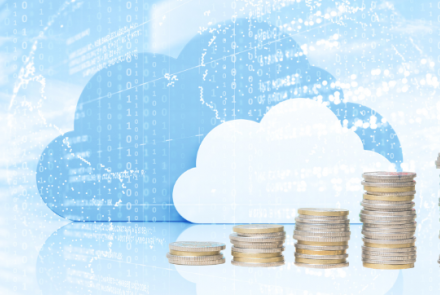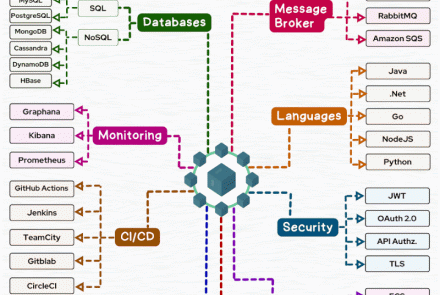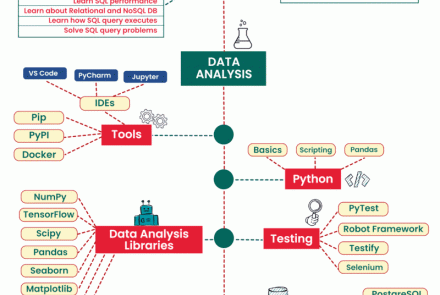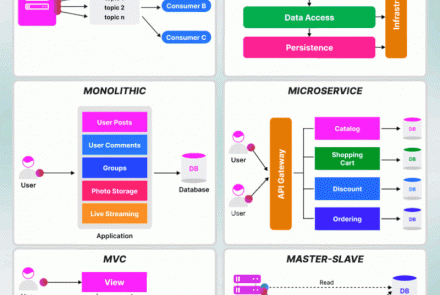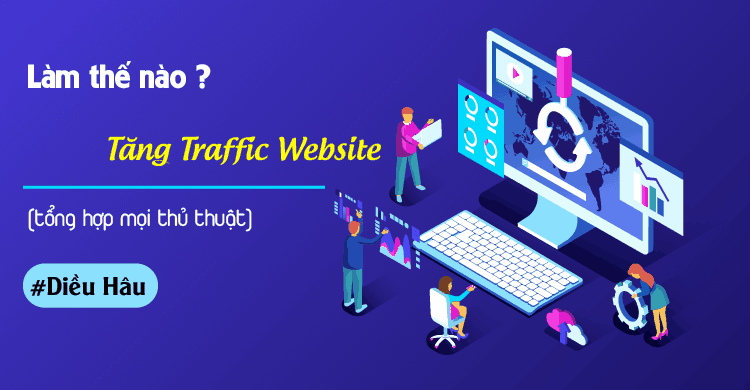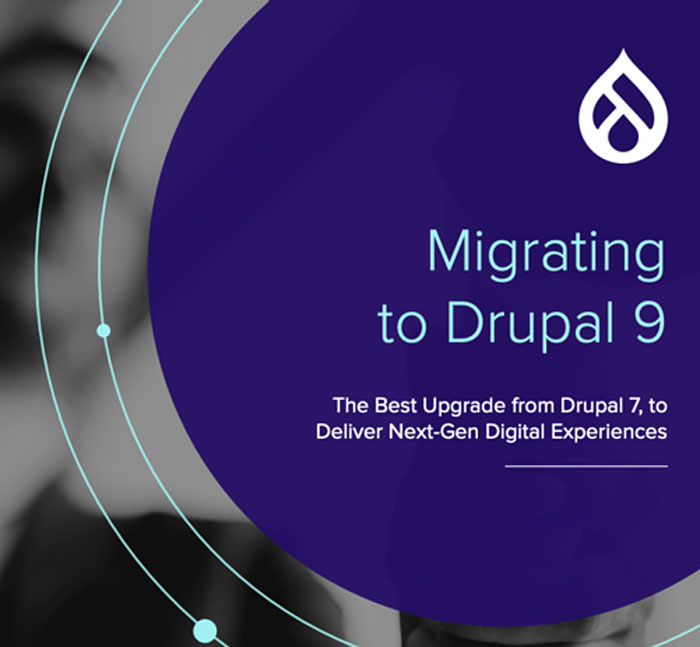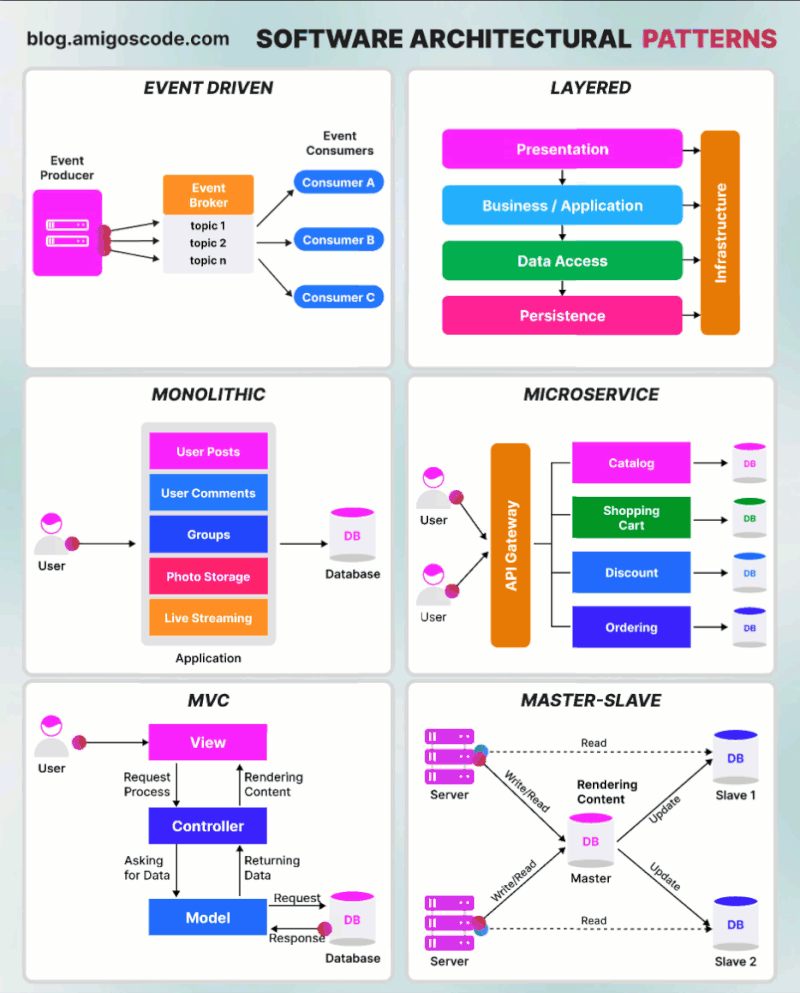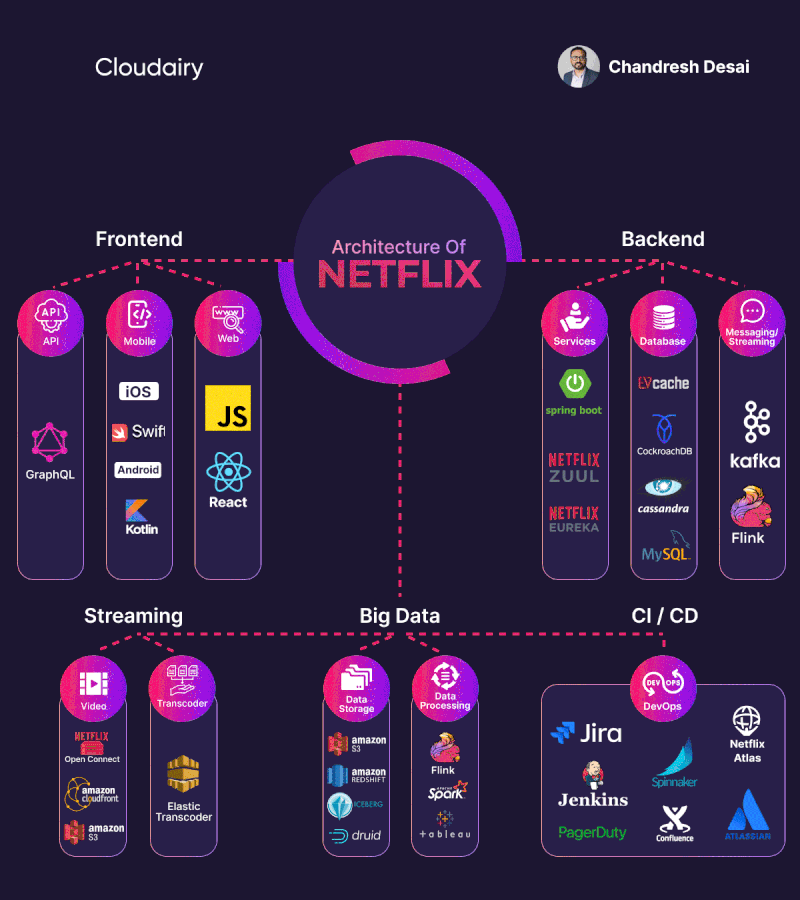OLAP vs. OLTP: What’s the Difference?
Within the data science field, there are two types of data processing systems: online analytical processing (OLAP) and online transaction processing (OLTP). The main difference is that one uses data to gain valuable insights, while the other is purely operational. However, there are meaningful ways to use both systems to solve data problems.
The question isn’t which to choose, but how to make the best use of both processing types for your situation.
What is OLAP?
Online analytical processing (OLAP) is a system for performing multi-dimensional analysis at high speeds on large volumes of data. Typically, this data is from a data warehouse, data mart or some other centralized data store.
The core of most OLAP databases is the OLAP cube, which allows you to quickly query, report on and analyze multidimensional data.
Data dimension: one element of a particular dataset. For example, sales figures might have several dimensions related to region, time of year, product models and more.
The OLAP cube extends the row-by-column format of a traditional relational database schema and adds layers for other data dimensions. For example, while the top layer of the cube might organize sales by region, data analysts can also “drill-down” into layers for sales by state/province, city and/or specific stores. This historical, aggregated data for OLAP is usually stored in a star schema or snowflake schema.
The following graphic shows the OLAP cube for sales data in multiple dimensions — by region, by quarter and by product:

What is OLTP?
Online transactional processing (OLTP) enables the real-time execution of large numbers of database transactions by large numbers of people, typically over the Internet.
OLTP systems use a relational database that can do the following:
- Process a large number of relatively simple transactions — usually insertions, updates and deletions to data.
- Enable multi-user access to the same data, while ensuring data integrity.
- Support very rapid processing, with response times measured in milliseconds.
- Provide indexed data sets for rapid searching, retrieval and querying.
- Be available 24/7/365, with constant incremental backups.
Many organizations use OLTP systems to provide data for OLAP.
The main difference between OLAP and OLTP: Processing type
OLAP is optimized for conducting complex data analysis for smarter decision-making. OLAP systems are designed for use by data scientists, business analysts and knowledge workers, and they support business intelligence (BI), data mining and other decision support applications.
OLTP, on the other hand, is optimized for processing a massive number of transactions. OLTP systems are designed for use by frontline workers (e.g., cashiers, bank tellers, hotel desk clerks) or for customer self-service applications (e.g., online banking, e-commerce, travel reservations).
Other key differences between OLAP and OLTP
- Focus: OLAP: the queries often involve large numbers of records. OLTP systems are ideal for making simple updates, insertions and deletions in databases. The queries typically involve just one or a few records.
- Data source: An OLAP database has a multi-dimensional schema, so it can support complex queries of multiple data facts from current and historical data. Different OLTP databases can be the source of aggregated data for OLAP, and they may be organized as a data warehouse. OLTP, on the other hand, uses a traditional DBMS to accommodate a large volume of real-time transactions.
- Processing time: In OLAP, response times are orders of magnitude slower than OLTP. Workloads are read-intensive, involving enormous data sets. For OLTP transactions and responses, every millisecond counts. Workloads involve simple read and write operations via SQL (structured query language), requiring less time and less storage space.
- Availability: OLAP systems can be backed up less frequently. However, OLTP systems modify data frequently, since this is the nature of transactional processing. They require frequent or concurrent backups to help maintain data integrity.
OLAP vs. OLTP: Which is best for you?
Do you need a single platform for business insights? ⇒ OLAP
Do you need to manage daily transactions? ⇒ OLTP
Note that traditional OLAP tools require data-modeling expertise and often require cooperation across multiple business units. In contrast, OLTP systems are business-critical, with any downtime resulting in disrupted transactions, lost revenue and damage to your brand reputation.
Most of the time, organizations use both OLAP and OLTP systems. In fact, OLAP systems may be used to analyze data that leads to business process improvements in OLTP systems.
Source:











